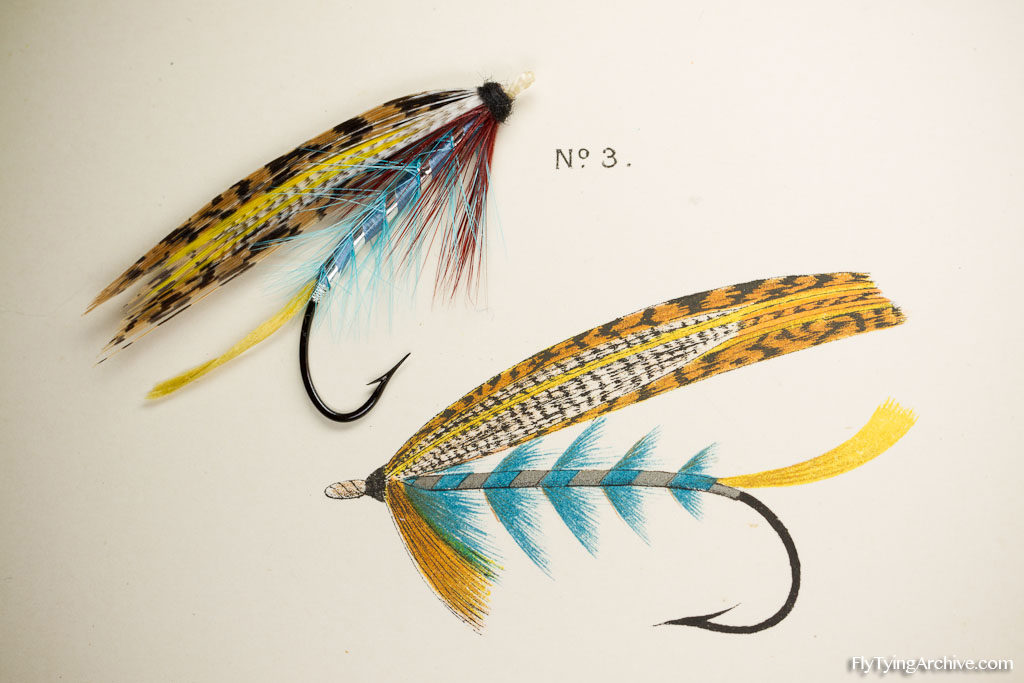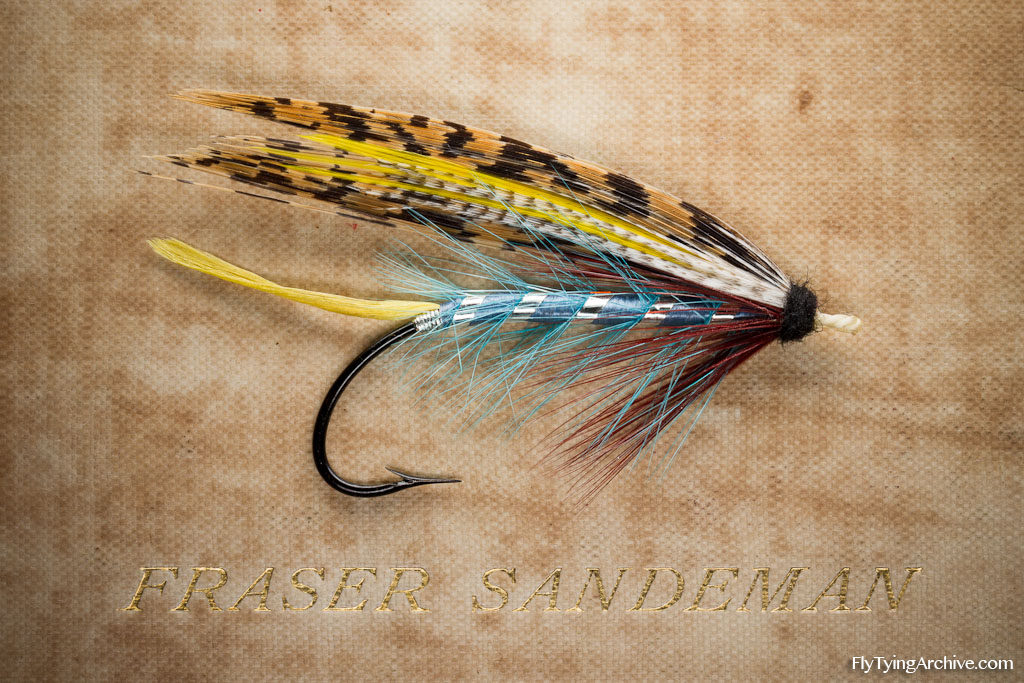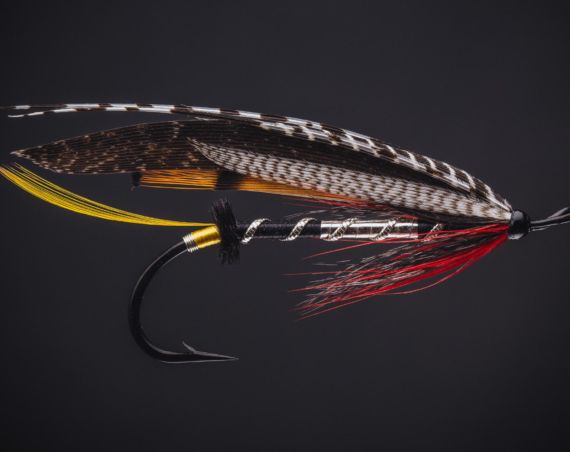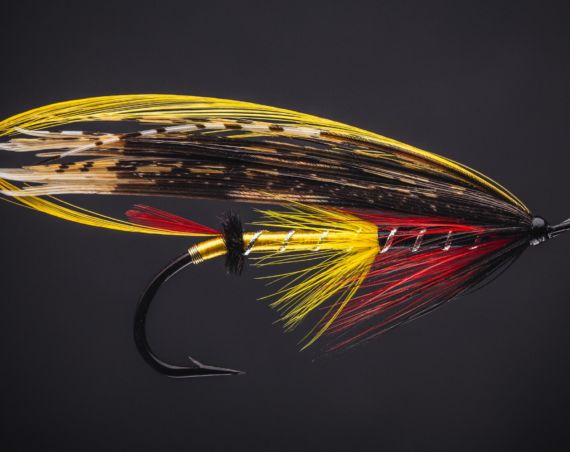Sandeman’s No. 3
Fraser Sandeman is one of the old legends who is not so well known today. His two books “By Hook and By Crook” and “Angling travels in Norway” are however very interesting to read and should be considered as some of the standard books of the period in my opinion.
As many other tiers of our time I first found out about Sandeman in Marvin Nolte’s article on The Salmon Flyer from 1999. The article is found here and is well worth the read. The article is also a good reminder of how hard it was to get information about these flies even ten years ago. Today a quick search on Google will get you the book in pdf for free and you’re tying the flies in no time. I sort of miss the old days even though I’m a lot younger than most tyers of these flies. The constant search and finding new patterns and books was very satisfying and it’s a shame new tiers won’t experience it like the older ones. But on the other hand I might have never found these books also without the aid of internet. I have the first edition from 1892 of “By Hook and By Crook” but unfortunately not the large paper edition Marvin has which is even more rare than my copy being limited to only 100 copies.
I tied the fly pictured in hand without the aid of a fly tying vice with just a piece of Gossamer thread, scissors and hackle pliers. And plenty of good traditional wax, which is a must when tying in hand. It takes some practice and I’m nowhere near an expert in this matter but it’s a nice challenge and I’ve found myself doing it more and more. I might have to do an article about it someday when I get better at it. This one is also tied to be fished and I hope I’ll have a chance to swing it to a Salmon next summer.
No. 3 from Fraser Sandeman’s “By Hook and By Crook” 1892
Tag: Silver tinsel
Tail: Yellow floss silk
Body: Pale blue silk; silver tinsel
Body-hackle: Pale Blue
Shoulder-hackle: Reddy brown
Wings (mixed): Light Mallard, Golden Pheasant tail, a few fibres of yellow dyed Swan, a couple of sprigs of Golden Pheasant rump.
“This is especially good for thin water.”






